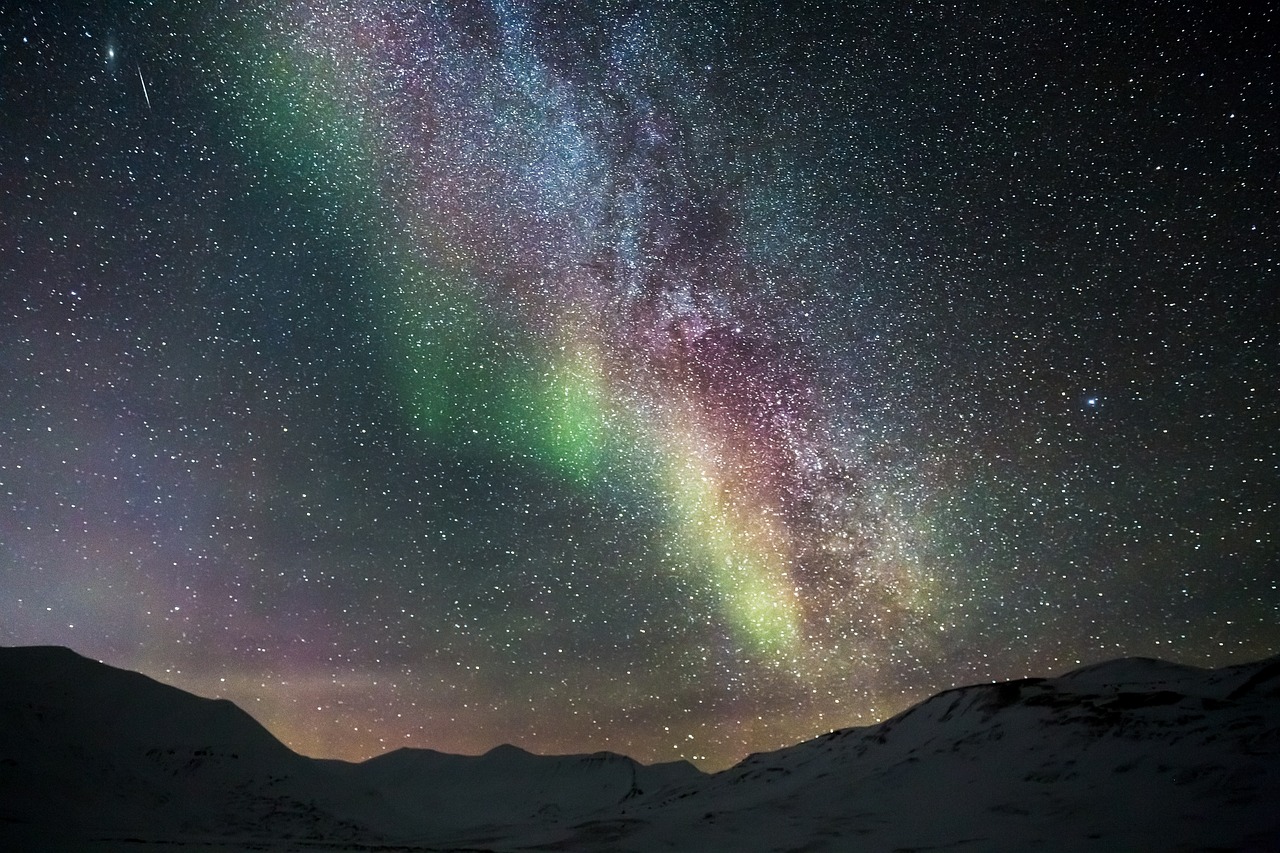
Vocabulary:
I will read the words, meanings, and sample sentences. Then, repeat after me.
- phenomenon /fi-NOM-uh-non/
- intense /in-TENS/
- transmission /trans-MISH-uhn/
- similarly /SIM-uh-ler-lee/
- observer /uhb-ZUR-ver/
[noun] – a fact or event that can be observed and studied
The appearance of the Northern Lights is a natural phenomenon.
[adjective] – extreme in degree; very strong or severe
The storm caused intense excitement among skywatchers.
[noun] – the process of sending or passing something from one person, place, or thing to another
The transmission of solar energy through space powers the Northern Lights.
[adverb] – in a similar way or manner
Similarly, the solar storm of 2003 caused widespread disruptions.
[noun] – someone who watches or notices something
Skywatchers and scientists alike were observers of the solar phenomenon.
Article reading:
Please read the whole article. Then, I will check your pronunciation and intonation.
A powerful solar storm struck Earth early on Saturday, creating magnificent Northern Lights displays across the Northern Hemisphere. The U.S. National Oceanic and Atmospheric Administration (NOAA) had to issue an uncommon, severe geomagnetic storm warning because the solar storm arrived sooner than anticipated. This storm made the Northern Lights visible in many parts of Britain, including areas as far south as London and southern England. Reports and photographs of the breathtaking phenomenon also came in from other European cities. The NOAA advised operators of power plants and spacecraft, as well as the Federal Emergency Management Agency, to take precautions, although the general public did not need to take any special actions. The captivating displays of the Northern Lights might be seen as far south as Alabama and Northern California in the U.S., though they may not be as vivid.
This solar storm is reminiscent of the most intense recorded solar storm in 1859, which caused auroras visible as far south as Central America and possibly Hawaii. Such storms pose risks to high-voltage transmission lines and satellites, potentially disrupting navigation and communication services. A similarly severe storm in 2003 caused power outages in Sweden and damaged transformers in South Africa. The recent activity began with solar flares observed since May 15, leading to multiple coronal mass ejections—massive bursts of plasma and magnetic fields from the sun’s outer atmosphere. The sunspot responsible for these flares is much larger than Earth and is part of the heightened solar activity as the sun approaches the peak of its 11-year cycle. These phenomena underline the powerful and unpredictable nature of space weather, which continues to captivate and challenge scientists and observers alike.
This solar storm is reminiscent of the most intense recorded solar storm in 1859, which caused auroras visible as far south as Central America and possibly Hawaii. Such storms pose risks to high-voltage transmission lines and satellites, potentially disrupting navigation and communication services. A similarly severe storm in 2003 caused power outages in Sweden and damaged transformers in South Africa. The recent activity began with solar flares observed since May 15, leading to multiple coronal mass ejections—massive bursts of plasma and magnetic fields from the sun’s outer atmosphere. The sunspot responsible for these flares is much larger than Earth and is part of the heightened solar activity as the sun approaches the peak of its 11-year cycle. These phenomena underline the powerful and unpredictable nature of space weather, which continues to captivate and challenge scientists and observers alike.
Discussion Questions:
I will read each question. Then, please answer them.
- Can you recall any personal experiences of witnessing a natural phenomenon like the Northern Lights? If so, how did it make you feel? If not, what natural phenomena would you like to observe? Why or why not?
- Have you ever experienced an intense weather event or a natural disaster? If yes, how did you prepare for it? If not, what measures do you think are important to take in such situations?
- Do you agree that space weather events like solar storms should be monitored closely to mitigate potential risks?
- How do you think advancements in technology have influenced our ability to observe and understand phenomena like solar storms? Do you believe we are adequately prepared to handle the potential impacts of such events in the future?
- What ethical considerations should be taken into account when developing technology to monitor and respond to natural phenomena?
Summarization
Please summarize the whole article using your own words and expressions. You will have one minute to prepare before you answer.
Describe:
Please explain the definition of each word listed below based on your understanding. You can provide example sentences if needed.
- issue
- precaution
- advise
- display
- captivate